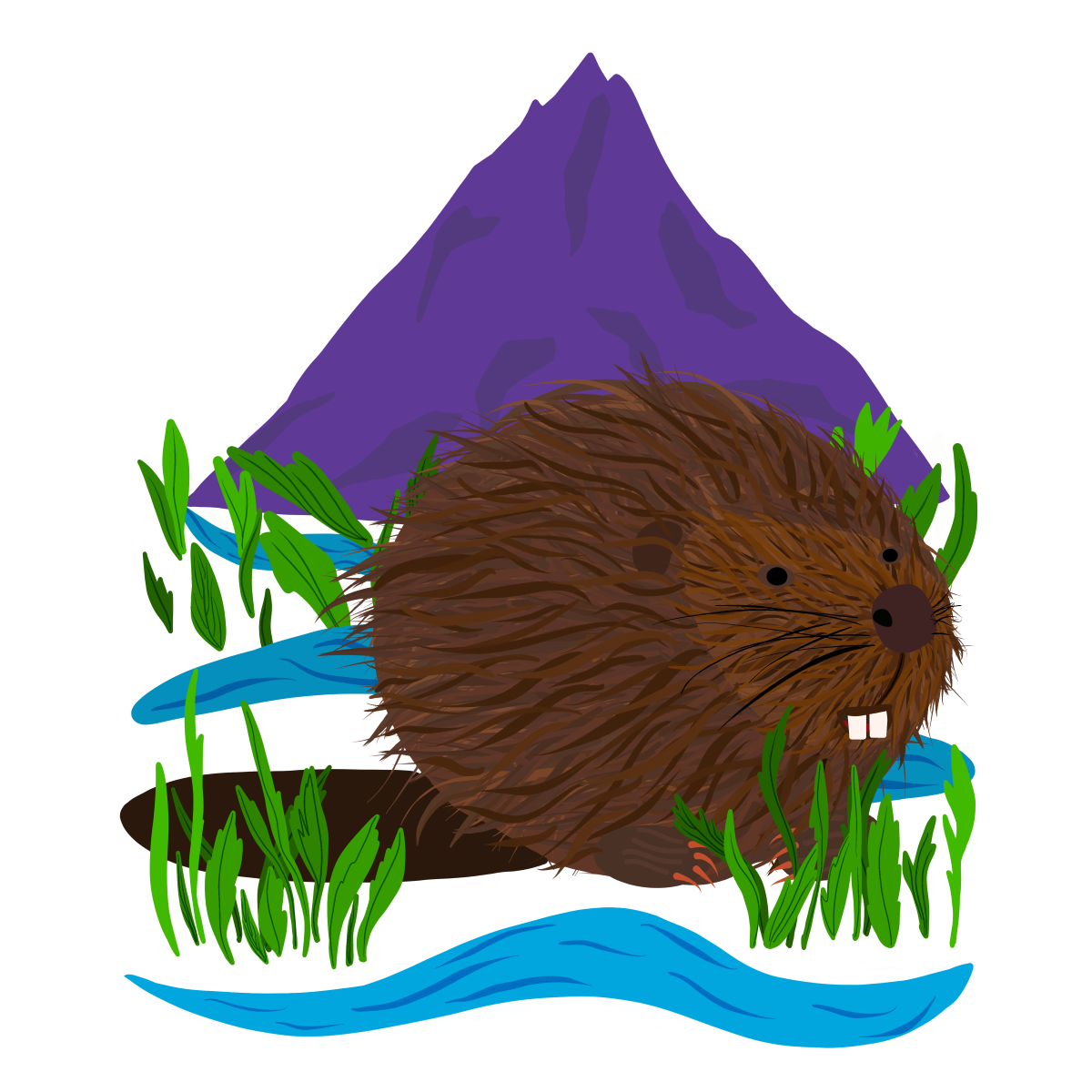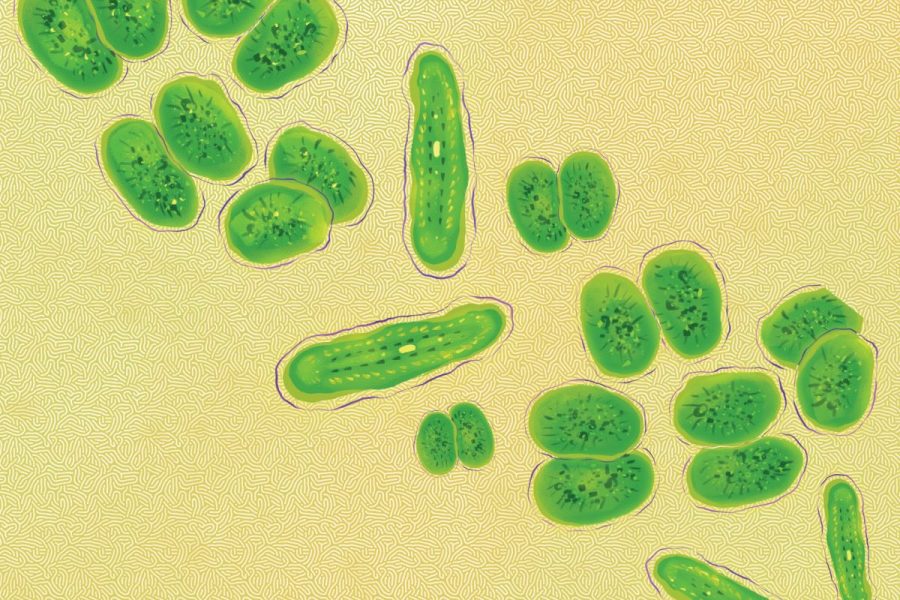Beavers once thrived in Oregon, but their abundance became a casualty of the fur trade. Due to their previous domination of the land, many species of birds, fish and vegetation coevolved with them as a part of the ecosystem in the area.
“Over millennia, [species] adapted to living in beaver-dominated landscapes and much of North America was shaped by beaver activity and beaver presence, and it turns out that… landscapes that we see in many places have been shaped by beavers but are no longer inhabited by beavers,” said Dr. Jennifer Morse, Portland State professor of environmental science and management.
Beavers are well known for creating dams, which change the shape and condition of streams, ponds and watersheds. This can benefit species of the ecosystems of which they are a part.
“Beavers are a natural part of ecosystems, [so much so that] they’re frequently called ‘ecosystem engineers’ because they have an outsized influence through their behaviors and actions on the ecosystem,” Dr. Morse said. “So they can create a pond where there was not. They can change the direction of water flow. They can create habitat for different types of vegetation and animals.”
Ecosystem engineers play an influential role and are often seen as a signifier of a healthy ecosystem, maintaining the habitat for other species that might be considered more endangered.
After the fur trade significantly diminished the beaver population in Oregon, some people took on the role of creating their own dams to fit urban and agricultural developments like water storage and irrigation.
Now, we are seeing a social shift around water management which includes dam removals. Jenna Walsh—water resource engineer at River Design Group (RDG)—spoke on the importance of dam removal and river restoration leading to “progress towards balance with the environment.”
Although dam removal is one step, there is a long process to increase the health of rivers and natural watersheds. “Now we have stronger regulations, but legacy effects still need to be cleaned up,” Walsh said. “Smaller dams that were used for old mills for lumber and grain are often just left there.”
Legacy impacts, including the fur trade, weakened the habitats by hunting beaver, stifling vital water systems with abandoned dams and dumping pollutants into waterways. With an ecological focus, more sustainable solutions include the creation of ecosystems and habitats that involve adaptation to the influence of beavers. Even without the desire to have beavers in an area, when restoring riparian habitats—aka plant habitats along riverbanks—beavers might see restoration of their favorite food source and ultimately be attracted.
“People in urban and suburban areas have to make decisions about how to adapt to the presence and effects of… beaver activity,” Dr. Morse said. “Do you try to embrace the presence of beavers or do you try to trap them and remove them and fight them? Every practitioner [involved in restoration] that I’ve talked to says that this fight is futile because they’re very persistent.”
Walsh had similar experiences. “Beavers show up when you are hoping they won’t—when you are planting vegetation, and it’s all just one buffet,” she said. “It’s always something that needs to be considered.”
This revitalization of waterways involves unpredictability and needed trust in changing the ecosystem, which is healthier in the long term but also a shift in how we view nature. For these habitats to be alive, they need to be able to change and shift how they operate to fit the life that lives there.
Sustainable and resilient ecosystems involve beavers, but those habitats are vital when they involve water, which people greatly depend on. “As humans, we benefit greatly from… healthier ecosystems here in Portland,” Dr. Morse said. “For example, our drinking water depends on the health of the Bull Run watershed.”
These watersheds include wetlands and floodplains, which will be more necessary as climate change gives more drastic conditions of water flows.
“One of [climate change’s] effects is altering the water cycle, intensifying droughts in some places, increasing floods in other places, making the hydrologic cycle less predictable,” Dr. Morse said. “And one thing is beavers and their presence in the landscape and holding water on the landscape… could provide water for longer periods of time, prevent more flooding downstream and maybe even help with groundwater recharge.”
Dams in the right places lead to a healthy ecosystem, in part because it improves groundwater in watersheds. “Beavers aren’t trying to build dams on the Columbia or the Willamette River,” Dr. Morse said. “Those are really huge rivers. Beavers are trying to build dams on smaller streams where they can… affect or slow down the flow of water. In those settings is where there might be more of a chance for groundwater recharge. Basically, the longer water has an opportunity to stay in one place, the more likelihood there is for that water… to have the force to push down into the groundwater. If that volume of water is moving through quickly, it’s not likely to have the same opportunity to infiltrate.”
Beyond the discussion of beavers, there is the importance of healthy wetlands which are crucial for many factors, including flood resistance. However, they have been on a global decline. Oregon has lost 38% of its original wetlands, with an estimated 57% loss in the Willamette Valley. “Beaver habitat is wetlands,” Walsh said. “Creating and maintaining bodies of water is just a piece of why they are so important.”






